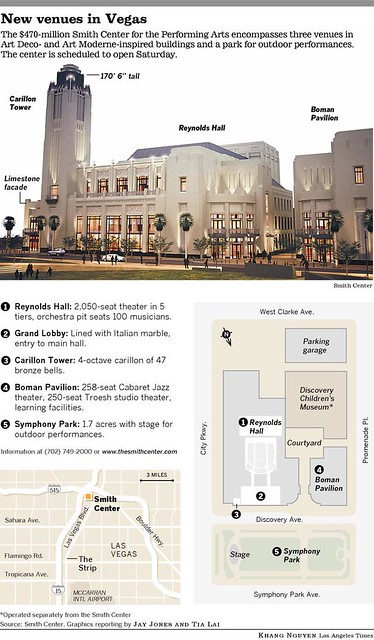While all communities are unique they work in similar ways and few are exceptional in that they can't be compared and contrasted.
I have argued DC is unique in one respect--because the entire world defines the city in terms of its being the national capital of the United States, it is consumed as part of the "National Experience."
People come here for the most part to visit the White House, the U.S. Capitol, the Washington Monument and National Mall, the Smithsonian Museums, Arlington Cemetery, and Mount Vernon, the house of George Washington + the more commercial experience of Alexandria and Georgetown.
Local history doesn't figure into the picture much in DC, even though so-called "heritage tourism" is a successful and profitable enterprise, because heritage tourists tend to spend more money and more time visiting and exploring places for their special history and culture.
People visiting DC for the National Experience, especially on high school and family trips, aren't usually up for the cost of an additional day to explore DC neighborhoods--not that we have "curated" our neighborhoods so that there are house museums and such for people to visit, outside of
the interpretation signs of the various cultural trails.
Las Vegas has a similar problem. The city is interpreted by the rest of world in terms of gambling and casinos--"Sin City"--and people's ability to go there and do things (that until the recent explosion of casinos across the country) that they can't or won't do in their own communities.
So the quality of the local experience in terms of how residents are served, becomes a secondary concern.
So it will be interesting to see what happens with the new arts campus in Las Vegas, the
Smith Center for the Performing Arts, and how successful it will be. It's not like tourists are a primary audience for the Kennedy Center in Washington, although of course, tourists are a major market segment for Broadway theater in New York City.
It's a desert oasis that hangs its priciest paintings on casino walls, where neon signs are a point of a pride and theme hotels pay tribute to architecture's golden eras. Still, Las Vegas' cultural offerings have long taken a back seat to the glamour and crudity of its most notorious vices.
Now, a new $470 million arts complex is daring to challenge that. The Smith Center for the Performing Arts, a gleaming art deco-inspired jewel, hopes to reintroduce Las Vegas as a cultural destination.
It will host touring Broadway shows, jazz artists and classical singers as well as the Las Vegas Philharmonic and Nevada Ballet Theatre, two local institutions often drowned out by the wealth and flash of the Las Vegas Strip.
Much is resting on its March 10 opening. Business owners, elected officials, casino executives and local artists are counting on the Smith Center to bring new life to the city's struggling economy and arts scene. Nevada has the nation's highest unemployment and foreclosure rates, and community leaders hope art-seeking tourists will help broaden the state's appeal and job market.
"This will change the world's perception about the place we live in," said Myron Martin, president of the Smith Center.
The article goes on to discuss how the real estate crash in Las Vegas has created an opportunity for artists to acquire low cost housing and studio and gallery spaces. It's pretty interesting.
Just like how most people who visit DC aren't interested in exploring neighborhoods outside of the federal core, most visitors to Las Vegas want to see Celine Dion and the like and tigers and the more prurient. It's where people like Holly Madison go to live as far as the rest of the world is concerned.
Will there be enough local market to support their new fabulous arts complex? (designed as it happens by DC-based David Schwartz and Associates). I hope so.
Although another way to look at this question is in terms of how a city "matures" and develops its own identity independent of how "outside forces" define and impose their definitions. And is there a big enough market locally to support local aspirations? (See "Tony Hsieh's Excellent Las Vegas Adventure from Inc. Magazine.)  Image: Las Vegas, Smith Center for the Performing Arts.
Image: Las Vegas, Smith Center for the Performing Arts.



0 Comments:
Post a Comment
<< Home